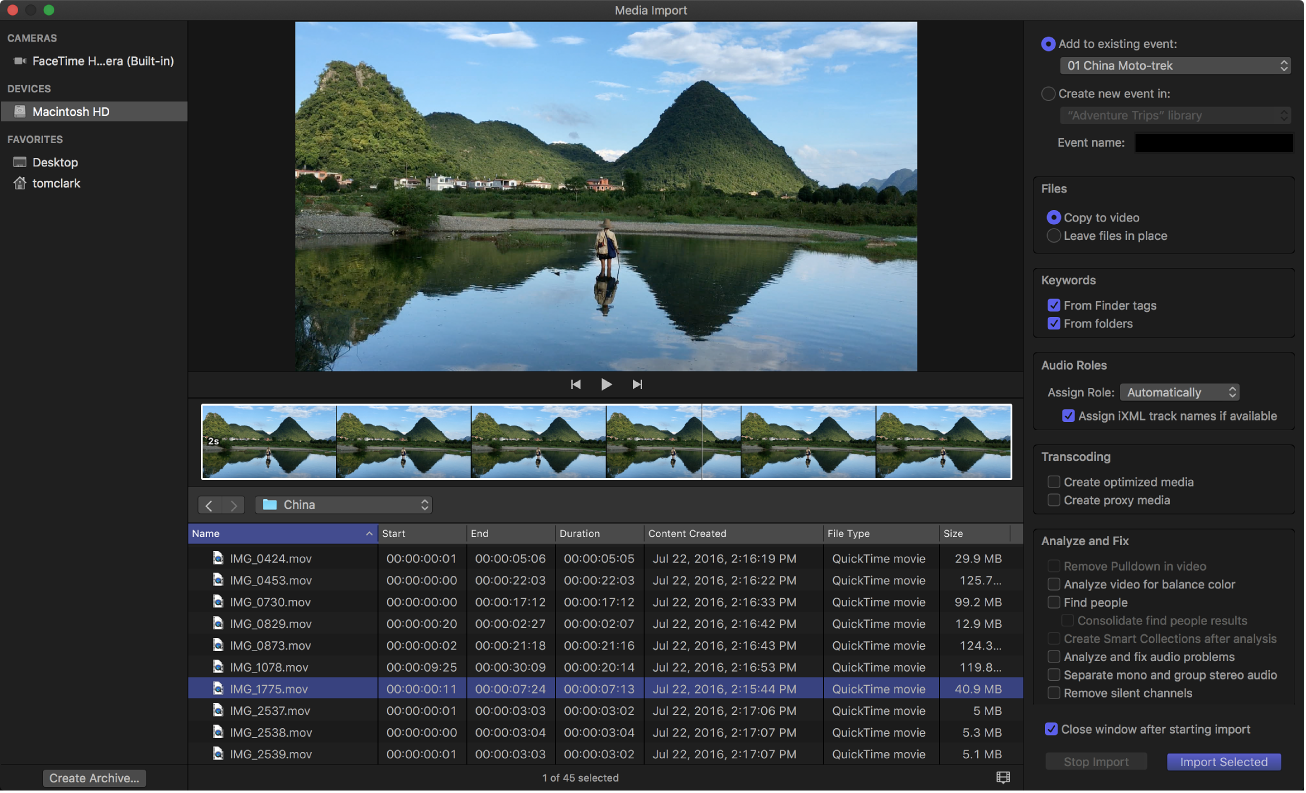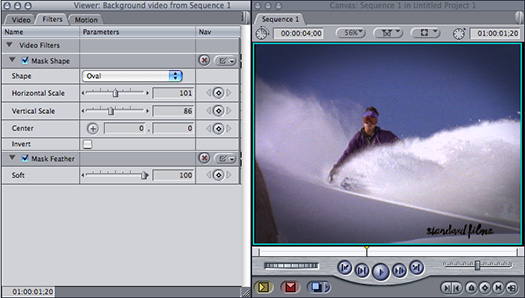

#FINAL CUT PRO 7 SOFTWARE FOR MAC MAC#
Mac users in pro markets will be curious to see whether this kind of graphics performance gain also comes to the next-generation M-series chips. That work also bleeds into iPads, which already share the Mac chip.ĪnandTech also says: “In the GPU side, Apple’s peak performance improvements are off the charts, with a combination of a new larger GPU, new architecture, and the larger system cache that helps both performance as well as efficiency.” We know Adobe was able to work closely with Apple to optimize Photoshop for the M1 chip. I suspect key Apple partners will already be working with these new Macs in their labs. Project building is 3.6x faster in Xcode.3D titles render 6.6x faster in Final Cut Pro.

This matters because Macs are used to get stuff done, and a 28% boost on the 50% (1.5x) increase Photoshop sees on an M1 means we can speculate (and this really is speculation) that Apple’s pro M1X Macs will deliver much, much greater performance than you get from the Intel systems they replace. Given the performance seen with the M1 Macs - best epitomized by Adobe Photoshop which runs at 1.5x the speed on them - it’s reasonable to anticipate similar gains on M1X Macs. The report also claims the A15 delivers a 28% performance uplift. This should translate into a significant battery life gains on the new Macs.

Of course, translating the performance gains we’ve seen in Apple’s iPhone 13 chip into relative potential gains for the M-series Macs is deeply speculative, uncertain and cannot be relied upon. (While the potential introduction of these new pro Macs has been an intermittent rumor all year, soothsayers seem solidly behind the idea these will appear this month.) And this suggests some of the iterative improvements we’re about to see appear in the M1X-powered MacBook Pro’s we expect Apple to introduce soon. Given that Apple’s A-series processors are siblings to its M-series Mac chips, what’s good for one is good for both. The report also identified a 50% improvement in the L2 cache on the performance cores, and notes that the 12MB L2 cache on the chip matches that of the M1 processor on Macs. This makes the processors more efficient again by keeping much of the routine operations on the processor, rather than driving these through memory. While its processors seem to need more power, they are more energy efficient, with 32MB cache on the chip. Fresh benchmarks from AnandTech show the A15 Bionic to be 62% faster than competing chips.


 0 kommentar(er)
0 kommentar(er)
